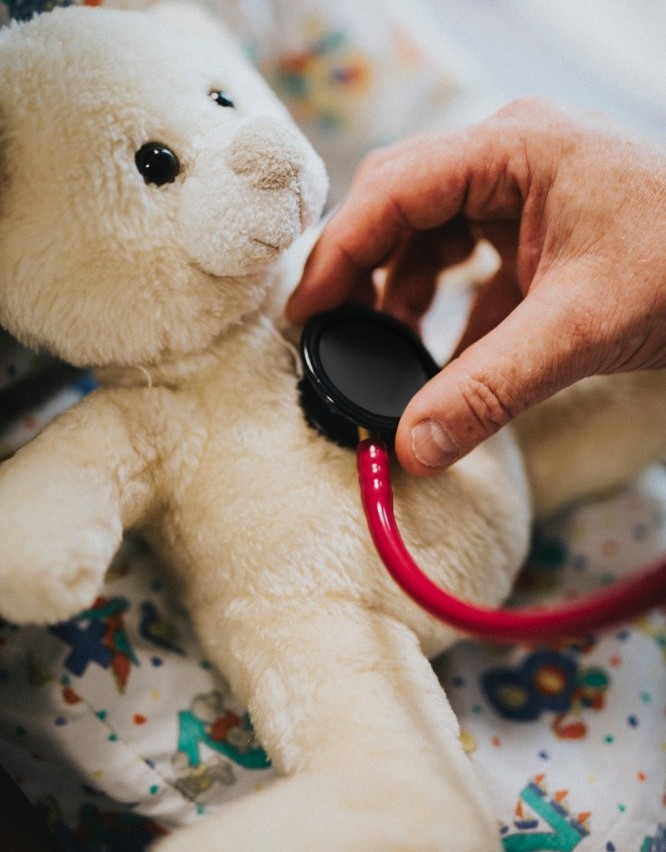Taking Your Baby’s Temperature
The most accurate thermometer is in fact the old school glass ones with mercury in them. Remember those? I do. They would fall and break and out would flow the liquid mercury….the toxic liquid mercury. This is why we now have a variety of thermometers to choose from:
- digital rectal/oral/axillary thermometers
- digital ear thermometers
- temporal scan thermometers
- thermometer strips
It is important to remember, as I mentioned in my fever article, is that fever is a symptom. The actual number is not always that important to me, unless the baby is under 3 months of age.
Babies 0-3 months
Babies 0-3 months should have their temperature taken rectally. This is the most accurate way to take a temperature, and a RECTAL temperature of 100.4 or greater indicates the baby needs to be seen right away by a physician. All parents should be comfortable with taking their infants temperature rectally with a digital thermometer. Place a small amount of lubricant (vaseline or KY jelly) on the tip of the thermometer, and place it in the rectum about 1/2 inch in. The baby should be lying face down on your lap, or face up with someone holding his legs in the air. This does not hurt them or bother them.
Infants 3-24 months
At this age, the rectal temperature is still the most accurate, but it is okay to switch to under the arm (axillary), forehead/temple (temporal), or ear. Note, however, that these methods are not as accurate. But they will give you a general idea. If the axillary temperature is 99-101 F, your child has a low grade temperature. If the axillary temperature is >101 F, he has a high grade temperature. Again, for the pediatrician, the actual number does not matter as much in most cases (I will let a parent know if I want exact numbers). I am more interested in other symptoms, or how the child is acting. I have seen very sick children at 101 F, and others doing fine with a viral illness causing a 104.5 degree temperature. Some people advocate adding degrees to temperatures taken outside the rectal area. I think this confuses things. I would take the temperature, and simply report to the pediatrician what the number is and how you took it. Let the doctor interpret the results.
Children 2 years and up
At this age, you may switch to the ear thermometer, temporal thermometer, or a temporal scanner. Of note, ear scanners rely on feedback from the ear drum. They can be inaccurate and will give very varied readings if the ear canal is small (hence, best for older toddlers), curved, or filled with wax. If you know your child always has waxy ears, I don’t suggest using this method. Be sure to hold the top of the ear up and back at a 45 degree angle when using the ear thermometer. This pulls the ear canal straight, so the ear drum can be accessible.
After the child is 4 or 5 years old, she should be able to have her temperature taken orally. If she isn’t patient enough to wait with it under her tongue, use another method.
Studies have shown that parents are extremely good at knowing if their child has no fever, low grade fever, or is burning up with a high one. So use those maternal instincts, especially with how your child is behaving. Always call the doctor if you are worried.
For a list of recommended and highly rated thermometers, please click here.